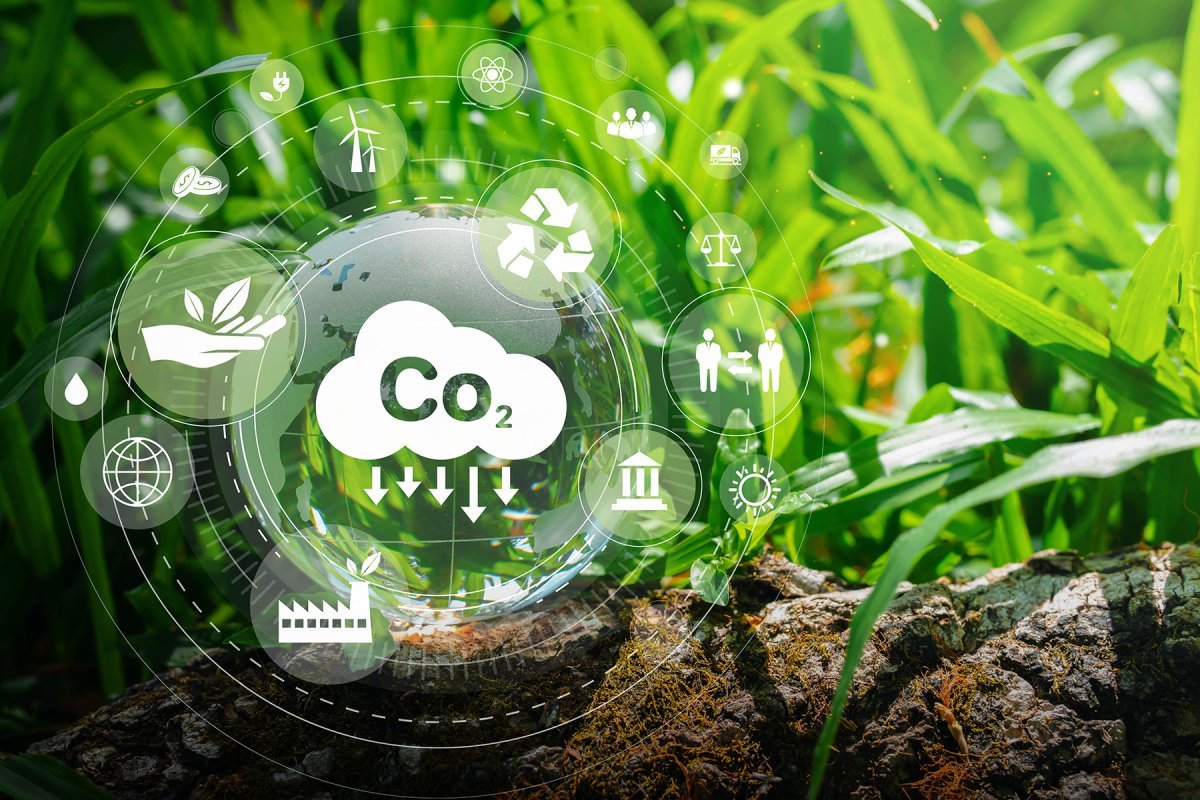AI-CLIMATE Study Published in Nature Communications

Scholars from the National Artificial Intelligence Institute for Climate-Land Interactions, Mitigation, Adaptation, Tradeoffs and Economy (AI-CLIMATE) published a study demonstrating how knowledge-guided machine learning (KGML) can improve carbon cycle quantification in agroecosystems. The paper was featured in Nature Communications, one of the top peer-reviewed, open access, scientific journals in the field.
This initial study was the proof of concept that became the basis of the AI-CLIMATE Institute. The Institute aims to create and leverage novel AI methods to revolutionize the agriculture and forestry industries, prioritizing climate-smart practices in efforts to curb climate change by not only reducing emissions from, but also absorbing atmospheric carbon into land such as farms, forests, grasslands, and wetlands. By blending the laws of nature with the power of artificial intelligence (AI), KGML provides a methodology to better estimate carbon emissions on a larger scale than the traditional models.
“The methodology of knowledge-guided machine learning is a novel way of combining the knowledge of the underlying agricultural processes that scientists have developed with the observations that are being collected via sensors at a small number places to provide information about greenhouse gas emissions for much larger regions,” said Vipin Kumar, Department of Computer Science & Engineering Regents Professor and pioneer of KGML. “This paper was the first demonstration of this methodology in a limited study that shows promise and also illustrates where we could go next.”
Using synthetic data from the Ecosystem process-based model and observations from farms in the United States Corn Belt, the KGML-agriculture framework is able to significantly outperform both process-based and pure machine learning models in predictive performance while operating 10,000 times faster relative to the speed of process-based models. Thus it is able to deliver high-quality and high-resolution predictions cost-effectively.
“The methodology used in this experiment has the potential to be scaled to larger regions (e.g. continental United States),” said Kumar. “It can also be used to identify different management practices that would be ideal for farmers to minimize their greenhouse gas emissions and optimize their crop yield. These are the problems that we are focusing on in the AI-CLIMATE Institute and will build on from these initial results.”
AI-CLIMATE researchers are also investigating the potential of the KGML framework for forestry, leveraging its capabilities to address the pressing challenges in sustainable forestry management and the capturing and storing of carbon.
“It is exciting to see computer science, AI, and machine learning used to advance these frontiers of science and address societal problems,” said Kumar. “We are proud that the KGML methodology that is playing a critical role in all of this was developed here at the University of Minnesota.”
Read the full CSE press release for more information and check out the AI for a Changing World site to learn more about AI-CLIMATE.